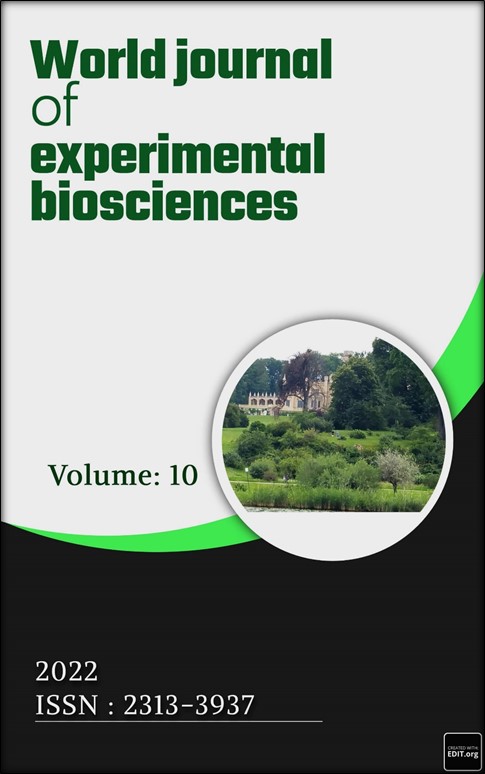Using the morphological characters to classify the Rhopalosiphum Koch. spp. In Iraqi environments
Keywords:
Classification, Morphological features, Rhopalosiphum.Abstract
The morphological features used in the classification of aphid species are supported by microscopic examination. This process requires significant expertise and facing several challenges. The present study aims to collect aphids from different environments and classify them using their morphological features. The different aphid samples were collected during the spring and summertime. The genus and species of aphids were classified. The samples were prepared by cooking the samples in 95% ethanol for 10 min in a nutshell. The body contents of the aphids were boiled for 10–20 min in a 10% KOH solution or for 2–5 min in 40% KOH until they liquefied before being transferred to 5 ml of distilled water. The measurement of the antenna (ANT), the distance along the antenna from the Processus terminalis (ANT PT) tip to the base of the segment I. Base antennal VI: The distance between the basal articulations to the main rhinarium's distal end. The distance between the apical ends of the main rhinarium to the tip of the ultimate antennal segment is known as the processus terminalis (ANT PT or PT). Body length (BL) is the distance between the front's midpoint and the cauda's base. Cauda: The distance between the cauda's center and apex. Siphunculi: the distance between the base and peak of a siphunculi. The length of the ultimate rostral segment (URS) is measured from the tip of the rostrum to the basal articulations of segment 4. HT II: Length of Second segment of hind tarsus from basal articulation to the tip of the segment. According to the above measurement, three species of the genus Rhopalosiphum Koch; Rhopalosiphum maidis, Rhopalosiphum padi, Rhopalosiphum sp. was identified in the studies area. It can concluded that the morphological feature can be depended on in the classification of aphid but that need to be supported by the other new technologies.
Downloads
Published
Issue
Section
License

This work is licensed under a Creative Commons Attribution-NonCommercial-NoDerivatives 4.0 International License.
All articles in the World Journal of Experimental Biosciences are published under the terms of the Creative Commons Attribution 4.0 International License (CC BY 4.0), which permits unrestricted use, distribution, and reproduction in any medium, provided the original work is properly cited.




